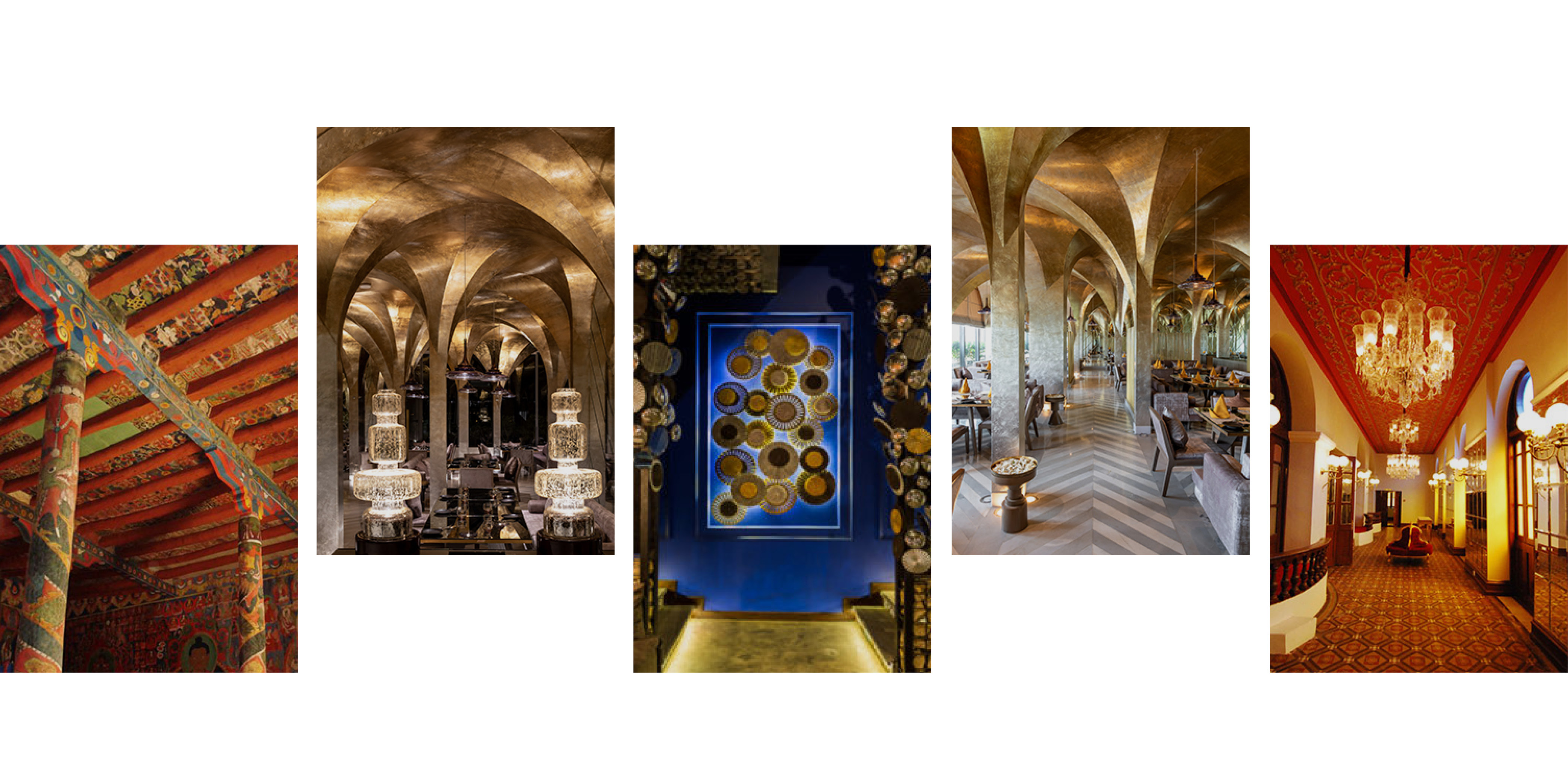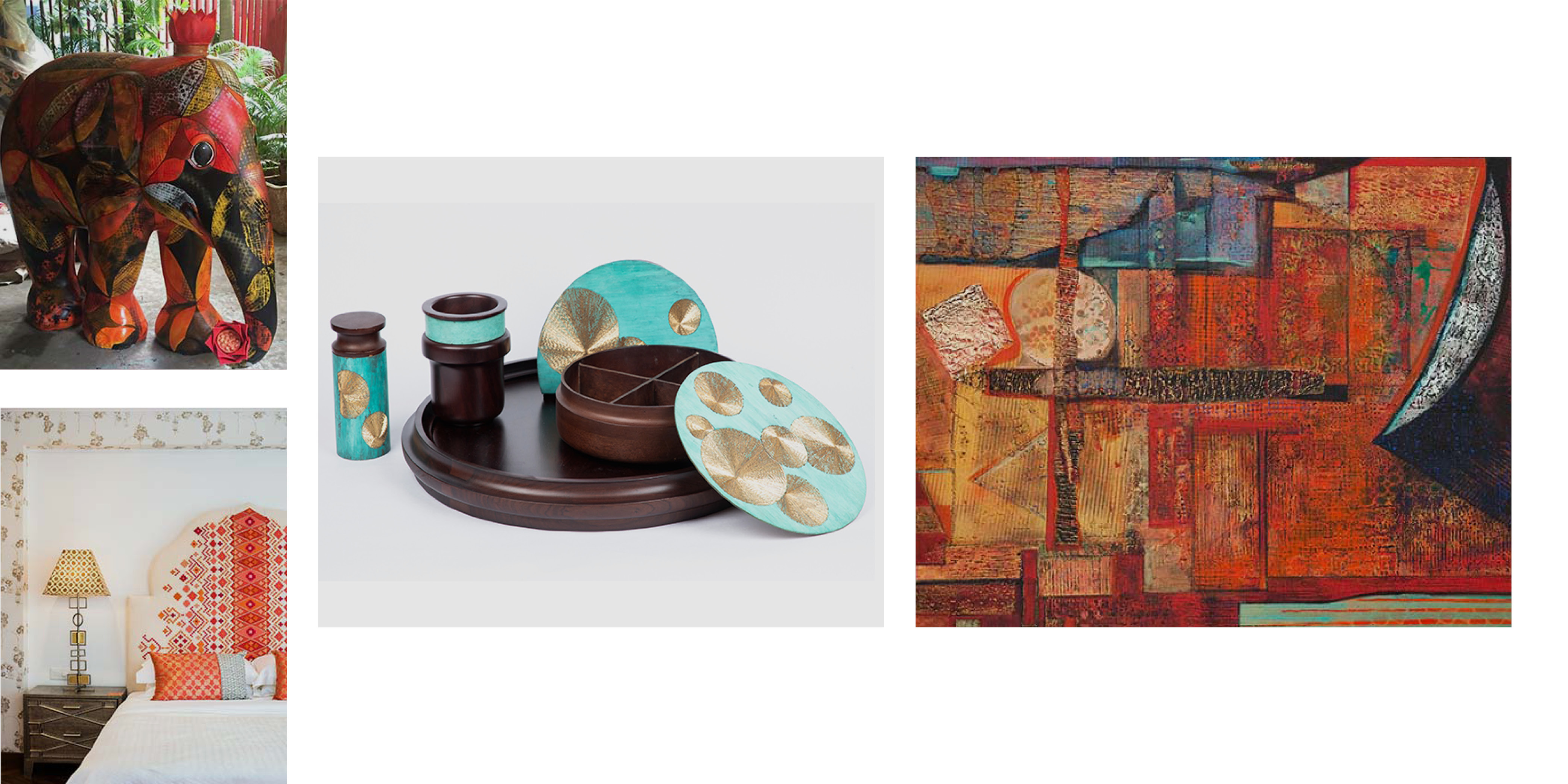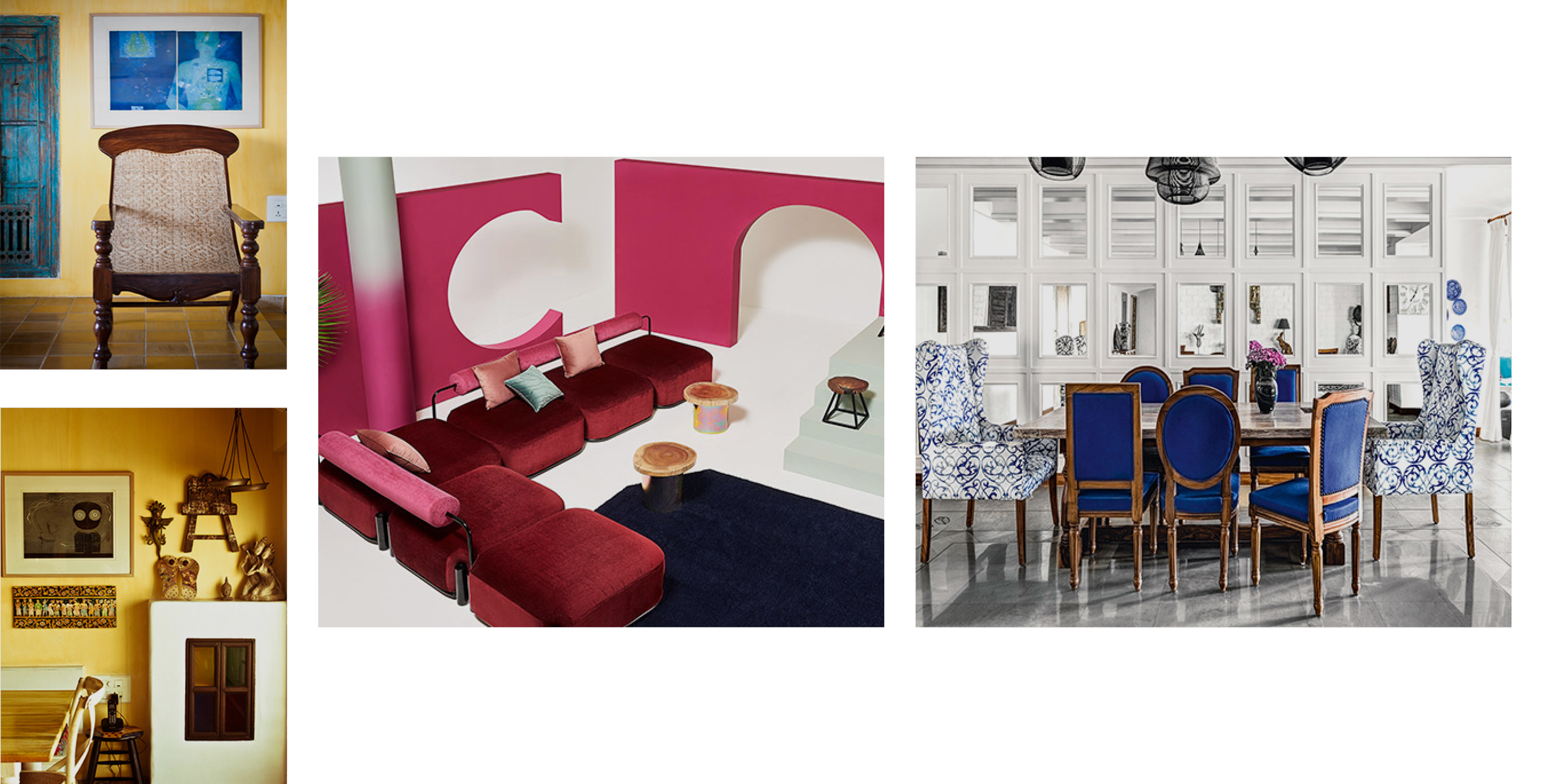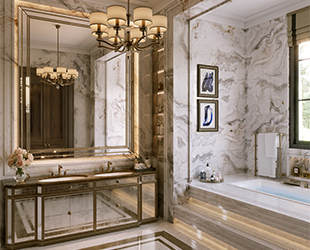Trends
Colours of India — our design experts talk about colours that symbolise India
FEB 7, 2019 | By Aneesha Bhadri
Colour me Desi — We asked a few of our favourite people from the design, art and architecture fraternity to pick a colour that best represents India. Here’s what they have to say…This jolly colour reminds you of different things — the sun, flowers, and hot dogs! Interior designer Richa BahlMustard yellow
“It’s an auspicious colour with shades like haldi and marigold having tremendous symbolism in our culture. Its cheery brightness is appealing to the Indian aesthetic. This colour is my goodluck charm. I especially like to use it for its pro-vaastu quality when I design interiors.”The oxidation of iron results in this tawny hue.Artist Brinda Miller, Studio Millernium
Rust“I believe that warm earthy hues are the true colours of India. I use them extensively when I paint. I love ethnic, earthy tones as they remind me of our rich heritage. If I had to pick any one colour, it would a shade of orange moving towards rust.”PANTONE recently announced this bright shade its 2019 Color of the Year. Interior designer Smitha Zachariah, SZ Design
Coral“Coral embodies the spirit of India. The coral reefs are one of the most ancient and dynamic ecosystems of the country. This colour is fresh, vibrant and happy. It symbolizes our innate need for optimism and joyful pursuits — a natural mood enhancer. It’s a versatile colour — bright in the mornings, yet cozy and warm in the evenings. You could pair this with camel, green, olive, grey, off-white; really, it’s a team player!”Naturally occurring in the flora of the Indian subcontinent, this startling colour is predominantly seen during festivities, weddings and Holi.Architect Kunaal Kyhaan Seolekar, StudioHAUS and KOY store
Rani pink“The name itself echoes its Indianness. It evokes sentiments of celebration and flamboyance. It’s prominence rises during traditional ceremonial occasions. The Indian textile community has incorporated it in its weaves for generations through phulkari, kalbeliya, patola and kanjivaram. In my spatial design work, I love to add hints of this colour to lend character to the space.”Found in the tomb of the Pharaoh Tutankhamun and in the ruins of Pompeii and Ancient Corinth, this natural lake pigment has holy connotations.Architect Abha Narain Lambah, Abha Narain Lambah AssociatesRose madder
“I think it truly symbolises India. It is a natural pigment having old roots and deep religious significance. Red ocher or geru — as seen in Ladakh in old Buddhist temples or translated into traditional bridal couture, jewellery and the facades of houses across the country — is a quintessential Indian colour.”This colour is known for its soothing effect and adds the perfect touch of cool spring to counteract Indian summers.Designer Ayush Kasliwal, AKFD studioGreen
“It is a colour that symbolises new beginnings and prosperity. It’s the colour of nature. India is steeped in tradition and culture and green has been an integral part of it. It stands for youth, energy, passion and enthusiasm — often depicted as such in the Indian arts and crafts. This colour inspires me to keep the artistry evergreen and youthful while also bringing sustainability into my designs.”This glitzy shade has always been a symbol of affluence, iridescence and wisdom.Architect Amisha Thanawala, Urban StudioGold
“Gold is symbolic of the paradox that is India. It stands for aspiration, materialism and luxury and, at the same time, signifies a spiritual awakening and enlightenment in equal measure. Our paintings, textiles and mythology are replete with this colour in the form of paint, leafing and ornamentation. This paradoxical quality and its use since time immemorial, makes it a colour that truly represents India.” The colour of the evening sky and the sea glittering in the sun — at once, its coolness revitalises and soothesShabnam Gupta, The Orange LaneIndigo
“Indigo, an ancient, ambiguous colour, is one whose ties with India and its history, run deeper than we know. A colour with a mysterious and radiant aura — it is rooted in the intricate patterns of the local craft of tie and dye. Its cultural roots weave into the fabric of life in India. Furthermore, reflecting upon one of our oldest cultural cities — Jodhpur or the ‘blue city’ is a mesmerizing collection of azure abodes that soothe and delight anyone who beholds it. From the pale chalk blue walls of this city to the bold strikes of our beloved Tiranga, blue is synonymous with unity and strength — evoking emotions of pride and trust.”









